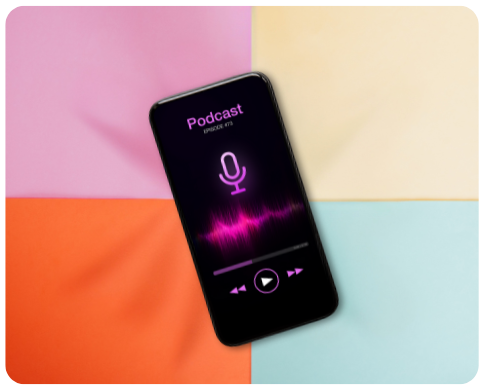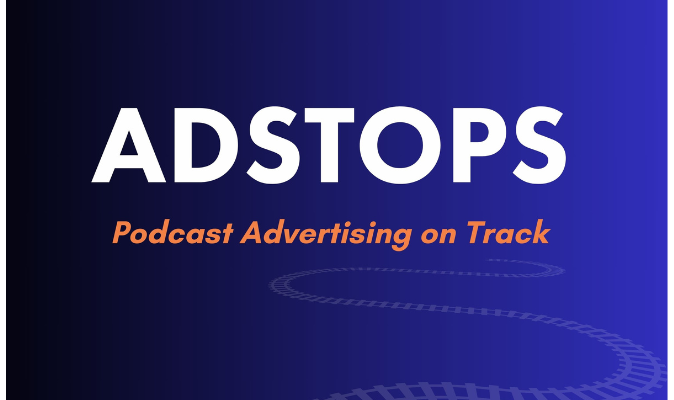
Podcast Ads, Simulcasts, and YouTube Advertising Explained (2025)
Understanding Podcast Ads, Simulcasts, and YouTube Advertising
As podcasting and content distribution continue to evolve, many brands are eager to tap into the power of podcast ads, simulcasts, and YouTube advertising—but end up confused by how these strategies differ. Are they the same? Should you do all three? This guide will break down what each format offers, how they work, and how to choose the right strategy for your brand goals in 2025.
What Is Podcast Advertising?

Podcast advertising refers to ad placements directly within podcast episodes. These can be dynamically inserted, host-read, or baked-in, and are designed to align with the tone and trust built between the podcast host and their audience.
Why brands use podcast ads:
- High listener engagement and trust
- Minimal ad skipping
- Niche targeting and community alignment
- Long-form brand storytelling
Additionally, podcast ads help brands build credibility and connect with engaged audiences through trusted voices.
What Is a Simulcast?
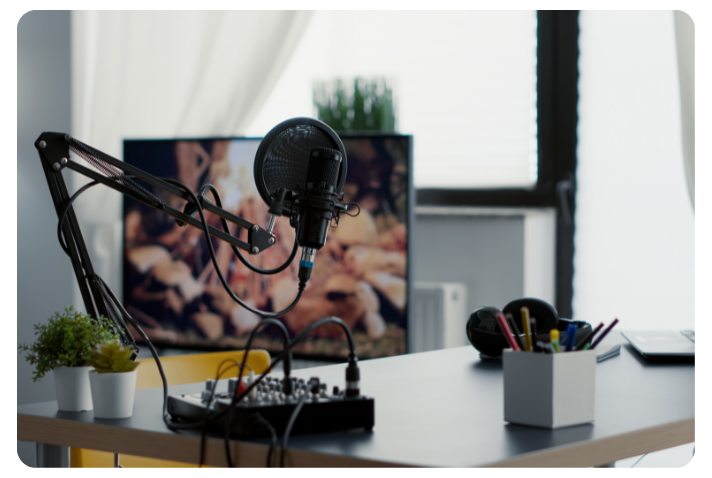
A simulcast is when a podcast episode is also published to YouTube. It’s often presented in a simple format, such as a static image or a recorded conversation. In many cases, the video contains the same ad read as the podcast audio, simply captured on camera. However, not all simulcasts include ads.
Many shows rely on dynamically inserted audio ads (DAI), which only work on podcast platforms and do not carry over to YouTube. For example, some shows, like MeidasTouch, include true baked-in simulcast ads that remain visible across both formats. Others use what could be called "faked-in" ads. In this case, a segment containing the ad is posted to YouTube temporarily, but the ad is later removed from the podcast, and the video is not the full episode. This makes it difficult for brands to know where and how their ad is being seen or heard without coordination.
Why podcast creators choose to simulcast:
- Discoverability: YouTube is one of the top platforms for podcast discovery. According to Sounds Profitable, 38% of podcast listeners who prefer video content use YouTube to find and listen to shows.
- Audience preference: A Morning Consult survey found 46% of U.S. adults prefer video podcasts—often to better connect with hosts or stay more focused.
- Low-lift video experimentation: Simulcasting provides an easy way for creators to test video formats without the cost of full-scale production.
Challenges for Brands
However, not all simulcasts include ads. Many shows use dynamically inserted audio ads (DAI). These only work on podcast platforms and don’t carry over to YouTube.
First, limited ad appearance is a concern. Simulcasts often feature minimal visual editing and do not guarantee that your podcast ad will be clearly visible or effective on YouTube.
Second, simulcasts may contain podcast ads. However, they aren’t served through YouTube’s ad platform. As a result, they miss out on native features like ad targeting, paid distribution, or real-time performance optimization. However, they do offer one advantage: these embedded ads are often more engaging than skippable YouTube ads because they’re integrated into trusted content and can’t be easily skipped.
Third, there’s the issue of lower engagement for static content. According to Signal Hill Insights, only about 20% of video podcast viewers watch static video content through to the end.
In fact, when executed well, podcast ads within simulcasts may actually outperform traditional skippable YouTube ads—especially those placed through third-party platforms like AdRoll. These embedded ads feel more trusted, more natural, and are harder for audiences to ignore—giving brands stronger message retention without having to rely on YouTube’s algorithm or paid amplification.
Common Simulcast Misconceptions
Many brands mistakenly assume that simply having a podcast on YouTube means it includes a true YouTube ad placement. Others believe that simulcast views automatically translate into meaningful video engagement. Some even expect that ads appearing in simulcasts will benefit from YouTube’s targeting tools or recommendation algorithms.
However, this is rarely the case. Simulcasts can certainly complement your overall campaign strategy—but they should not be treated as a replacement for a dedicated video advertising effort.
What Is YouTube Advertising?
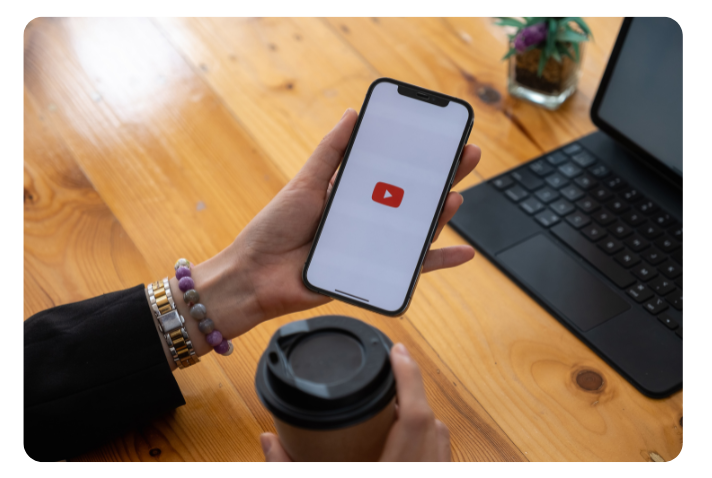
YouTube advertising refers to campaigns placed directly through YouTube’s ad platform. These include skippable pre-rolls, non-skippable in-stream spots, Shorts ads, and overlays. These ads are built for the platform and can be optimized for reach, clicks, or conversions. However, not all formats are equally effective.
For example, automated YouTube placements via platforms like AdRoll often offer less control, limited engagement data, and may not align well with brand messaging. Skippable ads, while cost-efficient, frequently get bypassed by viewers and may fail to drive the kind of awareness or recall that podcast ads deliver.
By contrast, podcast ads—especially host-read or baked-in formats—are not skippable, which gives them a critical advantage when you're aiming for brand lift or message retention.
Why YouTube ads work for brands:
- Over 2.5 billion monthly active users globally
- 68.8% of U.S. YouTube users will view content on Connected TVs by the end of 2025
- New Demand Gen Campaigns integrate YouTube ads across Google Discover and Gmail
- Additionally, campaigns are measurable, targetable, and adaptable in real-time
YouTube ads are especially powerful for upper-funnel awareness, product demonstrations, or retargeting—when thoughtfully produced and placed using the right formats.
Which Is Right for Your Brand?

When deciding how to structure your campaign, ask yourself:
- Is your goal awareness, trust, or conversions?
- Is your product or service visual?
- Do you have video production resources?
- Where does your audience spend time: audio platforms or YouTube?
Use podcast ads for authenticity, YouTube ads for reach, and simulcasts as a bonus layer—not the strategy itself.
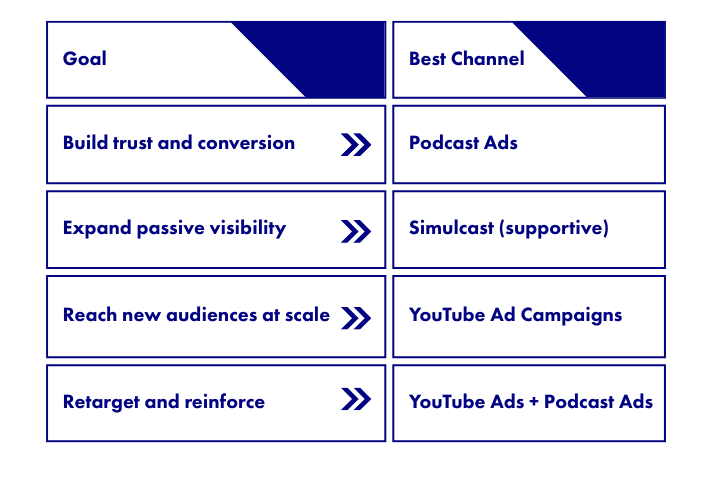
Want to See Smart YouTube Ad Execution?
Check out our breakdown of successful campaigns that nailed their YouTube strategy.
Final Thoughts

It’s easy to conflate all these formats, but knowing the difference is what separates strong campaigns from misaligned ones. If you’re running podcast ads, don’t assume they’ll perform the same on YouTube. And if you want to make the most of video, treat YouTube as the distinct channel it is—with the right formats and strategy to match.
Need help navigating the overlap between podcast and YouTube campaigns? ADOPTER Media can help!
ADOPTER Media
We believe in data-driven results and are dedicated to helping everyone make better decisions and advance their work using a platform trusted by Fortune 500 companies and beloved regional brands alike. Have a question about podcast advertising or YouTube sponsorship? Connect with us and we will be happy to help!
